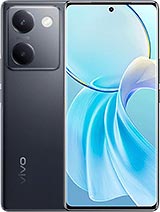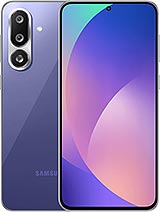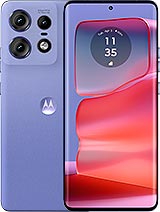Poco X6 Pro alternatives
Tap above to see alternatives.
Vivo Y300 Plus alternatives
Tap above to see alternatives.
Poco X6 Pro

Poco X6 Pro
-
Dimensity 8300
4 nm
-
5000 mAh
67W
-
6.67"
1220x2712 pixels
-
64 MP
4K@24/30fps
-
Specs

Vivo Y300 Plus

Vivo Y300 Plus
-
Snapdragon 695
6 nm
-
5000 mAh
44W
-
6.78"
1080 x 2400 pixels
-
50 MP
1080p@30fps
-
Specs

1x3.35 GHz Cortex-A715
3x3.20 GHz Cortex-A715
4x2.20 GHz Cortex-A510
2x2.2 GHz Kryo 660 Gold
6x1.8 GHz Kryo 660 Silver
12GB 256GB (UFS 4.0)
12GB 512GB (UFS 4.0)
f/1.7, 25mm (wide), 1/2.0", 0.7µm, PDAF, OIS
8 MP
f/2.2, 120˚ (ultrawide)
2 MP
f/2.4, (macro)
f/1.8, (wide), PDAF
2 MP
f/2.4, (depth)
1080p@30/60fps
f/2.4, (wide), 1/3.06", 1.0µm
f/2.5, (wide)
SIM1: Nano, SIM2: Nano
SIM1: Nano, SIM2: Nano
FDD: N1, N2, N3, N5, N7, N8, N20, N28
TDD: N38, N40, N41, N48, N77, N78
FDD: N1, N3, N5, N8
TDD: N77, N78
FDD: N1, N2, N3, N5, N7, N8, N20, N28
TDD: N38, N40, N41, N48, N77, N78
FDD: N1, N3, N5, N8, N28
TDD: N77, N78
In this performance comparison, the Poco X6 Pro with its Mediatek Dimensity 8300 (4nm) performs better than the Vivo Y300 Plus with the Qualcomm Snapdragon 695 (6nm), thanks to superior chipset efficiency.
Poco X6 Pro offers 3 years of OS updates, whereas Vivo Y300 Plus provides 2 years. For security updates, Poco X6 Pro offers 4 years of support compared to Vivo Y300 Plus's 3 years.
Both Poco X6 Pro and Vivo Y300 Plus feature AMOLED displays, offering vibrant colors and deeper blacks. Both smartphones offer the same 120 Hz refresh rate. Poco X6 Pro also boasts a brighter screen with 1800 nits of peak brightness, enhancing outdoor visibility. Notably, Poco X6 Pro offers a higher screen resolution, resulting in sharper visuals and more detailed content.
Both phones are equipped with the same 5000 mAh battery capacity. Poco X6 Pro also supports faster wired charging at 67W, compared to 44W on Vivo Y300 Plus.
Both phones feature the same IP54 rating for water and dust resistance.
- Poco X6 Pro – Check price here
- Vivo Y300 Plus – Check price here
¹ Scores can vary even with the same chipset due to RAM, thermals, and software optimization.









